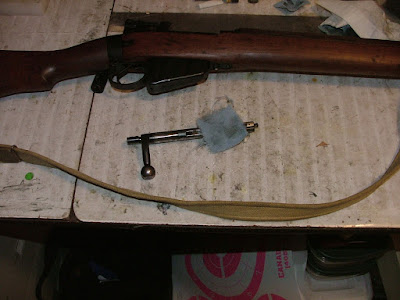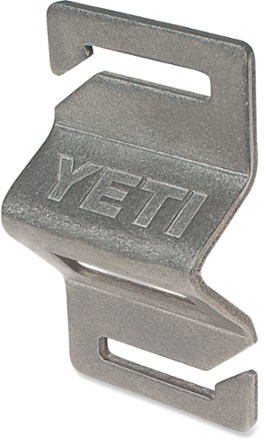I'm not sure if we've covered caching
in detail before, it is getting a bit hard to recall every single
post over the last two and a half years. If we have and I'm repeating
things, you have my apology in advance.
Caching supplies is a bit of a touchy
subject. On the one hand you have people who believe that everyone
must have a cache buried somewhere with at least a 72 hour kit in it,
and on the other hand you have folks who will say that any supplies
not under your direct control are as good as lost. Both sides have
good points and bad, neither is right or wrong. The ones who are
selling something generally make the strongest arguments for having a
large cache. Caching is a personal choice that should be decided
after careful thought and some study.
What is a cache?
The word cache comes from the French
word cacher, which means “to hide”. A cache is a hidden supply of
something.
Why would you cache?
If your BOL is more than a day's walk
away from your normal area, having a resupply point along the way
would minimize the load you'd have to start out with. Having a
back-up supply of the bare necessities stored away from your main BOL
for emergency use might be nice insurance. If your BOL is damaged or
destroyed, you'd still have something to start over with. You may
also want to be able to give the location to a friend who wasn't able
to stockpile (or lost) what they need to get through a few days. Hiding things from people who wish to take them away from you is a valid reason to cache, with a few exceptions.
What would you cache?
This is one of the really tough ones to
answer. There is no “one size fits all” answer because each of us
are going to have different needs, resources, and reasons. Look
around the internet and you'll find all kinds of lists of what the
“experts” think you should have in a cache. None of them are
going to be a perfect fit for every situation. Water purification,
fire starting, shelter, food, and clothes are understandable things
to cache- redundancy in these areas are never a mistake. Fuel,
firearms, ammo, and medicine are a bit more controversial. Fuel needs
to be rotated to keep it fresh. Firearms and ammo are expensive and
may be traced back to an owner. Medicine has both issues- it needs to
be rotated to keep it fresh and any prescription information on the
bottle would be easy to trace.
How would you cache?
This is another tricky ones to answer.
The standard answer is a sealed piece of PVC pipe buried in the
ground. Good luck retrieving that in February anywhere the ground
freezes. Underwater locations have been discussed in various forums,
as have suspension in trees and structures. I'll cover concealment in
an separate post. Basically any water-tight container placed in a
hidden location is a cache, so use your imagination and think about
how to hide a suitable container.
Where would you cache?
The common answer is burial on land not
associated with you. The choice to use land not legally associated
with you is to provide deniability for anything that may be (or
become) illegal if the cache is found by overzealous authorities. The
downside to this is that you don't have control of the land and what
is done to it. Your cache could easily be discovered or made
impossible to recover with a few minute's work of a bulldozer as it
reconfigures the landscaping.
My personal favorite is to leave a
sealed container at a friend's place with the understanding that if I
don't show up within 5 days of an emergency, the contents are his.
Obviously this would limit what I could place in the container, since
I have no desire to put my friends in legal peril.
Next week I'll try to explain my system
for considering a cache. There are many variables to consider and
having a system helps prevent any from being missed or skipped.
My posts will be lighter than normal
for the next few months, since my job has moved me to 12 hour shifts
6 or 7 days a week for a while. Life gets in the way of blogging,
sometimes.















































